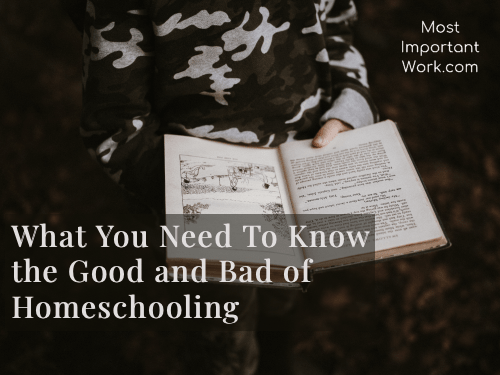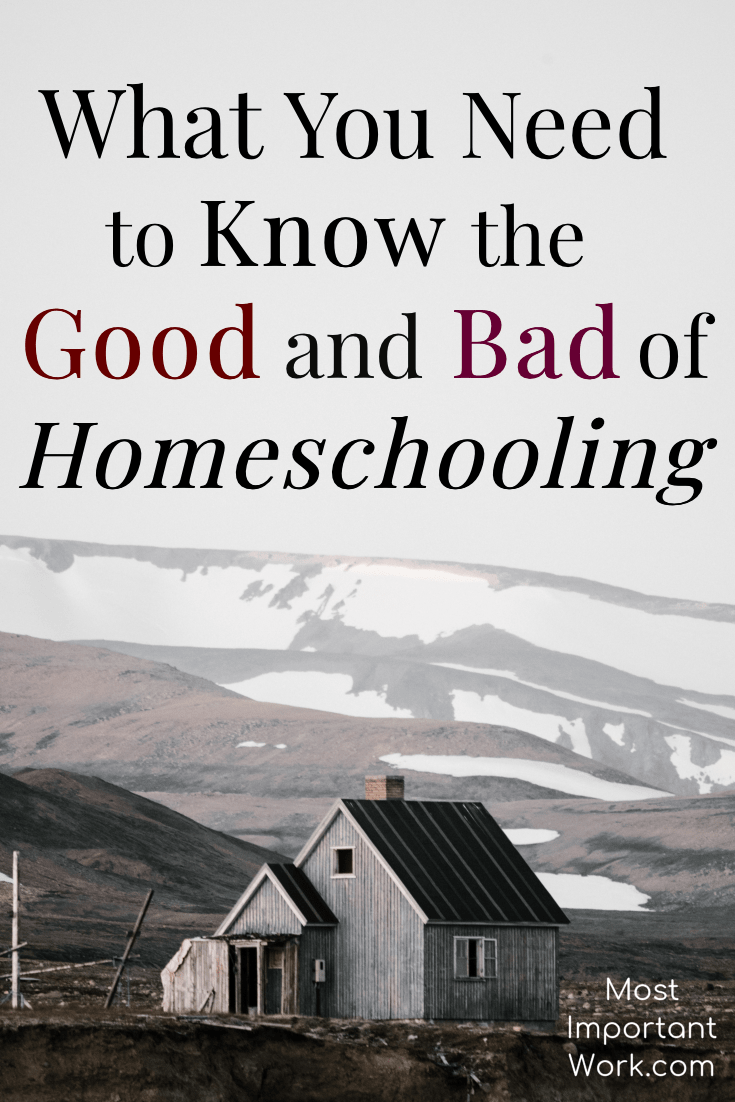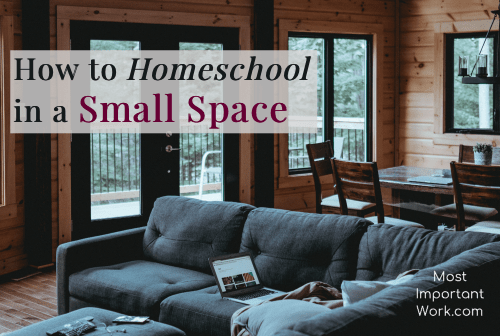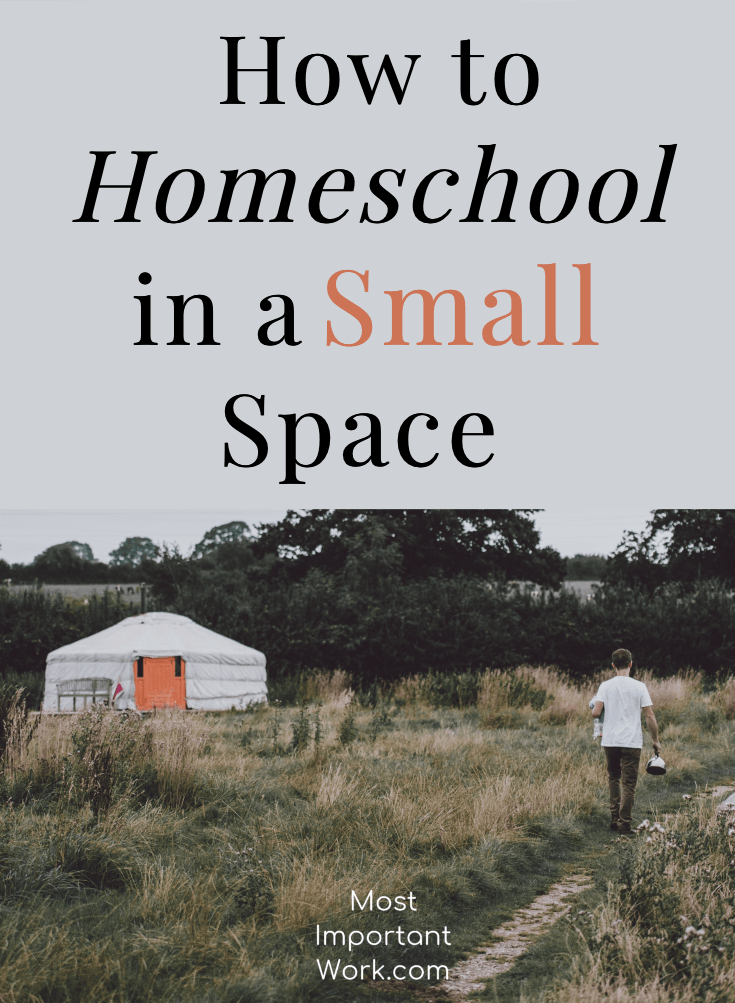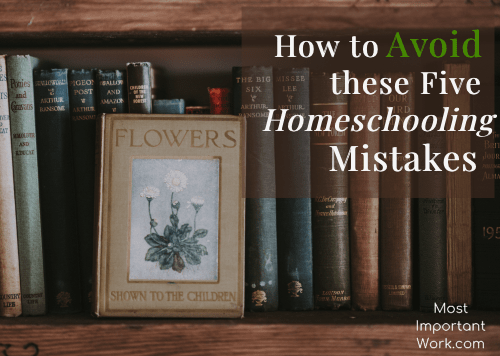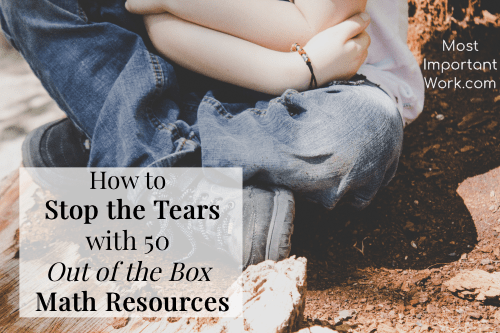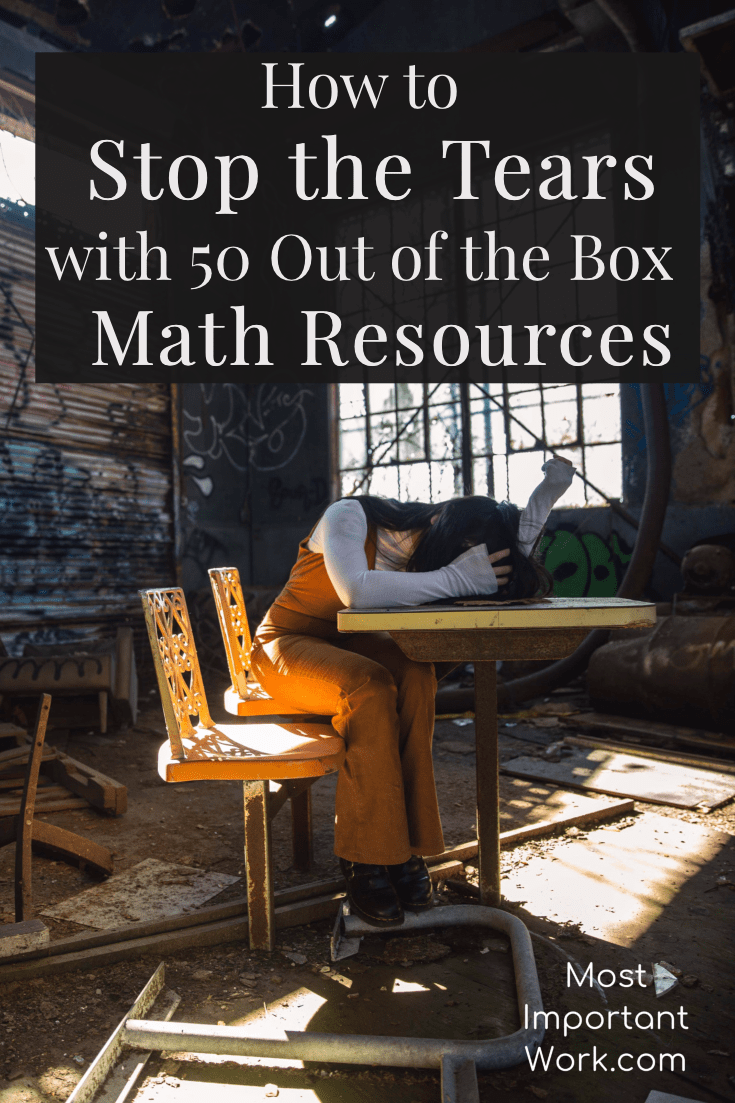
How to Overcome the Top 10 Fears to Homeschooling
Reading Time: 5 min 32 seconds
What scares you when it comes to homeschooling? Is it the fear of failing? The cost? Or something else? When you start to entertain the possibility of homeschooling, it can be a daunting process. You don’t know what you don’t know, and that can be overwhelming.
Before we talk about breaking down the top ten fears of homeschooling, we need to take a look at the foundation of homeschooling, which are your family’s values.
Instead of focusing on your fears, ask yourself the question: What are my family’s values? What life do I imagine for my child?
Your values are CRUCIAL to not only deciding whether or not to homeschool, but how and what you teach, and your overall learning environment. Family values serve as building blocks to everything else.
I would encourage you to sit down with your spouse or a friend and write out your family’s values. They don’t have to lengthy or eloquent.
They can be as simple as:
- A value of close family relationships
- A value of encouraging a strong relationship with God.
- A value of fostering a love of learning
- A value of taking initiative, problem-solving, and out of the box thinking
Once you settle on your key values, you can begin to address your fears of homeschooling.
Disclaimer: Homeschooling is not for everyone. You must decide what type of education is best for your family.
1. I Am Not Trained As A Teacher
2. I Would Go Crazy Being At Home With The Kids All Day
3. I would Mess Them Up
4. What If I Failed
5. I Don’t Have Enough Patience
6. I Couldn’t Leave My Career
7. I Hated School
8. I Could Never Afford it
9. It’s Just Too Overwhelming
10. I’m Not Organized Enough

1. I Am Not Trained As A Teacher
Rest assured you do not need to be trained as a teacher to be qualified to teach your child. You have been teaching your child since they were born. You taught them how to walk, how to talk, their ABC’s, and how to share (okay, that’s an ongoing learning experience). You don’t need to start anything new, you just need to continue loving them, fostering relationships and a love of learning in your home.
2. I would go Crazy being at Home with Just the Kids all Day
Are you stuck at home now all the time? Unless you have an infant most likely, you are taking advantage of playdates, Storytime at your local library, and trips to the park. Nothing changes when you homeschool. You don’t cloister inside. You take advantage of the many opportunities homeschoolers have to learn, grow and explore the world.
Yes, as with any job, there are tough days, or days when you can’t get outside, and that’s when you continue to employ self-care practices. Throughout the day you take a couple of minutes to yourself, when your spouse comes home you go take a walk, go shopping, read a book or go out with friends. Taking care of your overall mental, emotional, physical and spiritual health is important no matter what job you hold.
3. I would Mess Them Up
Seriously, who knows and loves your child more than you? Who wants them to succeed more than you? We all want good things for our kids. We know their strengths and weaknesses, and unlike a teacher who has to manage twenty needs at once, we can tailor our teaching style to our child’s specific needs. You are the most highly motivated teacher out there.
4. What If I Failed
You need to know that just like traditionally educated children your child will have gaps in their education. It’s not failure on your part, it’s just life. You could teach everything there is to teach and some of it will go in one ear and out the other.
In homeschooling, you are not teaching just to get through the curriculum, you are fostering a love of learning in your child. If you focus on encouraging curiosity, exploration, and initiative, your child will the tools to not only fill in any gaps but the sky’s the limit on what they could add to the world.

Let’s be honest, every mom feels inadequate and like there is never enough patience to go around. That’s parenting in a nutshell, right?! As a parent (and a homeschooler) your patience is tested and it provides daily opportunities for growth. You can do it! You are doing it right now just by being their parent.
6. I Couldn’t Leave My Career
What are your dreams for your kids for the future? What are your family’s values? Those are the questions you need to ask yourself. Homeschooling doesn’t necessarily mean that you have to leave your career but it will mean sacrifice and adjustment.
There are tons of homeschool moms who still have a career while teaching their children. That’s one of the perks of homeschooling, it’s flexible, you don’t have to stick to typical eight to three pm schedule. There are parents who homeschool at night, or who trade off responsibilities during the day. You just have to find what works best for your family.
7. I Hated School
Homeschooling is not public school at home and it also looks different for every family. You can tailor homeschooling to your personality, your schedule and the needs of your family. You will need to incorporate your states homeschooling laws but other than the environment, and daily schedule is up to you.
I would encourage you to sit down and put to paper why you hated school. When you put it down on paper it’s amazing that what looks insurmountable is really not as big as you thought.
8. I Can’t Afford It
Homeschooling will take sacrifices. However, with the benefits of local libraries, free field trips, co-ops, second-hand curriculum, and scholarships, you can homeschool very affordably.
Take a look at your budget and ask yourself what do you really need and what can you cut out to make homeschooling doable for your family? Make a plan that will move you towards homeschooling.
9. It’s too Overwhelming
Many first-time homeschool moms feel like they need to plan their homeschool year down to the minute only to find out on day two that their plans are not realistic, AT ALL. I have never had a homeschool plan (even a basic one) that I didn’t adjust a lot.
You are not committing to teach your child at home for life. You are just responsible for planning this year. That planning can be as loose or as detailed as your personality warrants.
10. I’m Not Organized Enough
No one is. Seriously, there is not one homeschool mom that thinks that she is organized enough. Your children are living, breathing, human beings with different interests, strengths, and aptitudes. You can have an AMAZING homeschool plan only to have it fall apart when you realize your child needs more or less time with that particular subject, or there is a family illness, or a major life change.
You don’t have to be super organized to homeschool. What you do need to be able to do is to recognize the needs of your child and adjust your expectations accordingly. Your goal is to foster a love of learning, not to finish every textbook to the detriment of your child.
Are you wondering HOW do you actually get started homeschooling? Join our community of moms who want to invest in the lives of their children through homeschooling. I also created a How to Find Excellent Curriculum checklist (grab it below) to help YOU on your journey.
You Got this Mom!
What about you? What is your #1 concern when it comes to figuring out this homeschooling adventure? Leave a comment, and don’t forget to follow Most Important Work on Pinterest!

